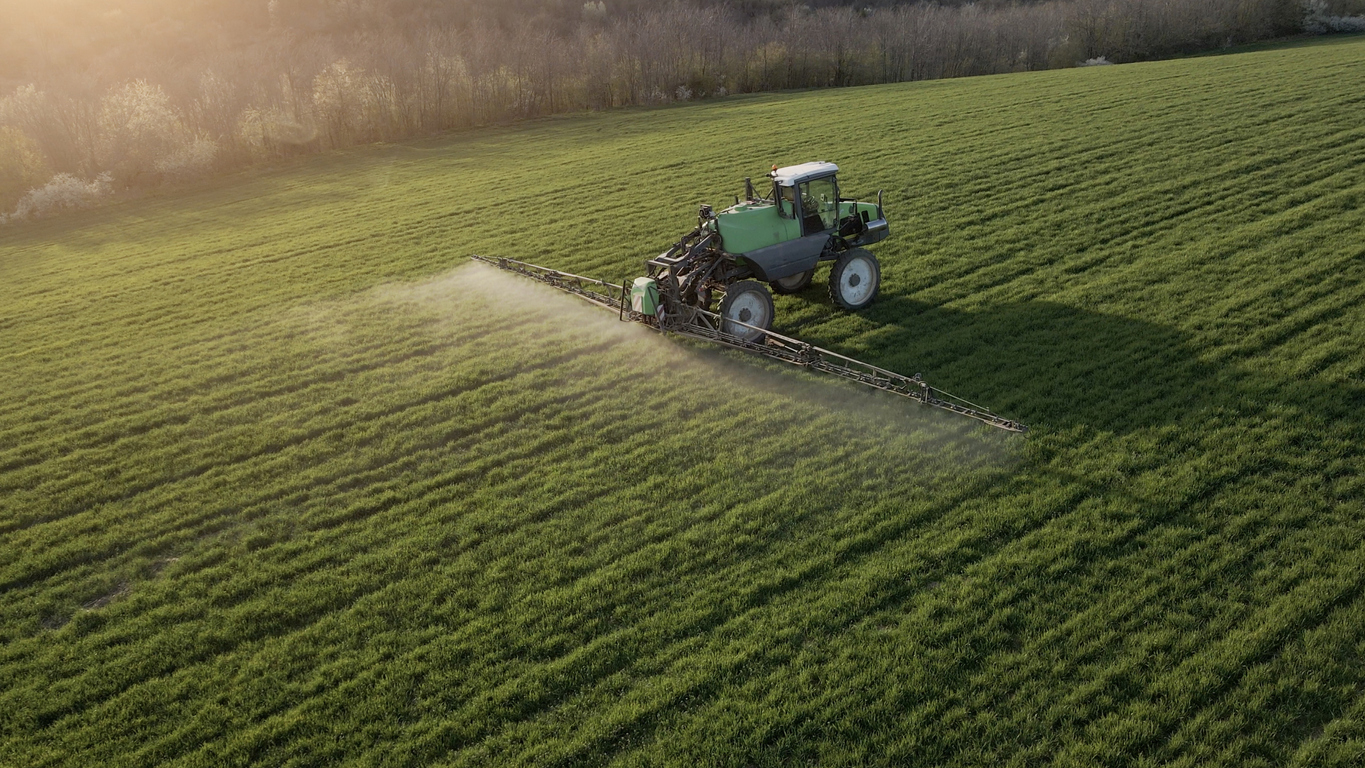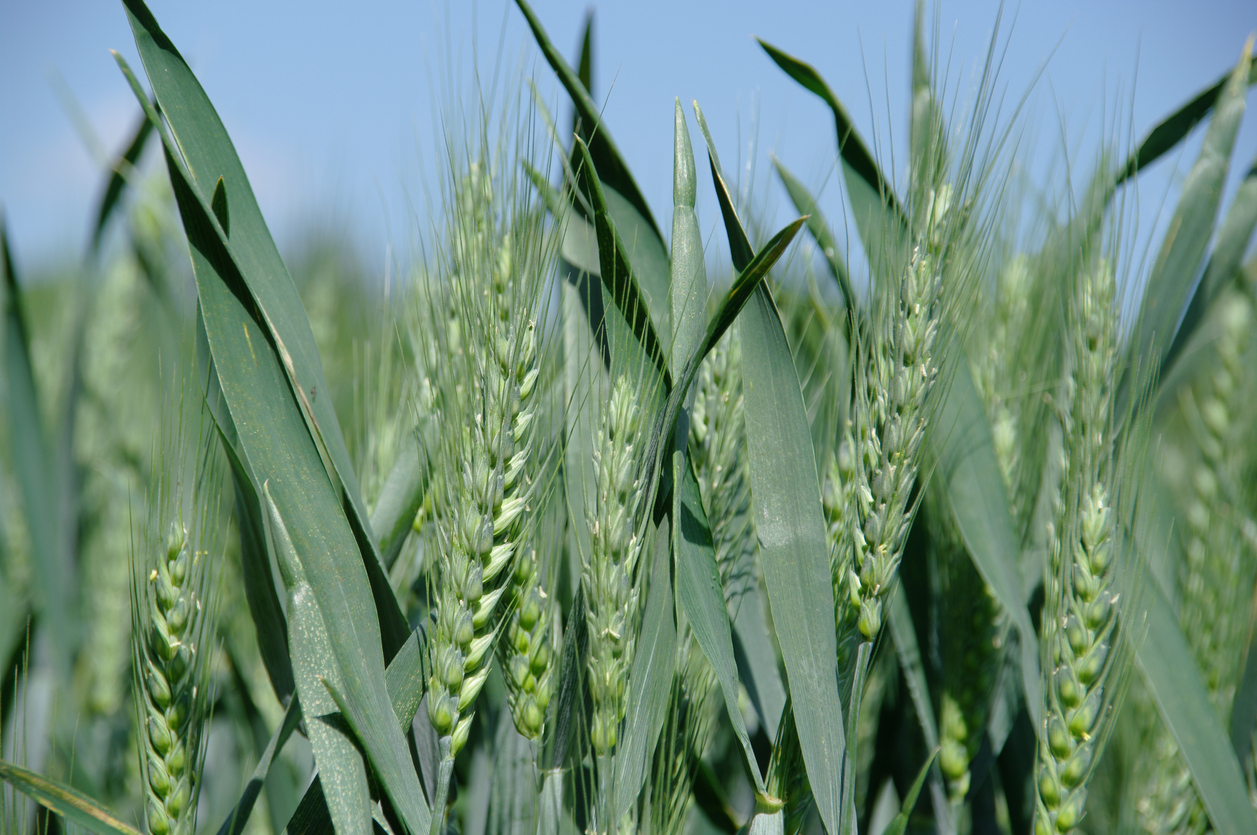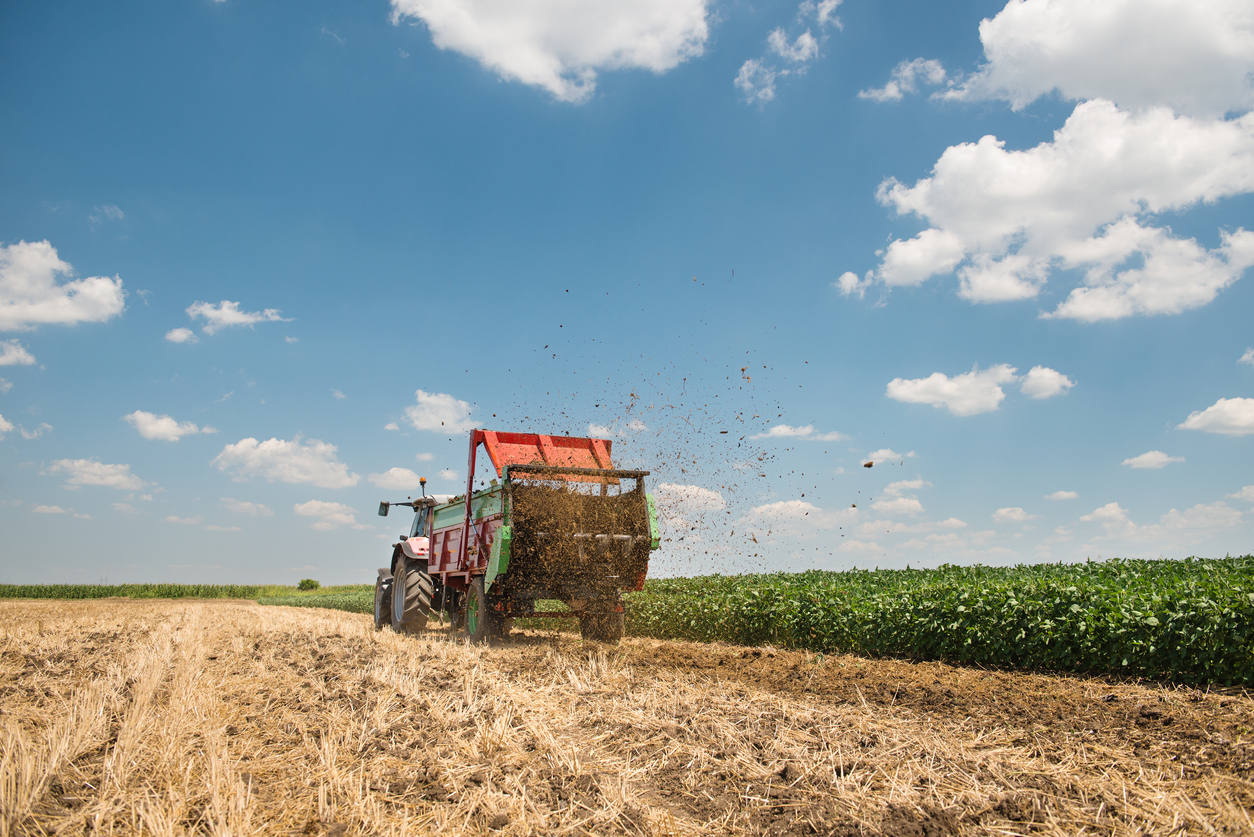Avoiding Herbicide Carryover

With a new year coming, farmers are buying inputs for next years crops. Now is the time to think about purchasing herbicides, but also think about how to avoid herbicide carryover, especially if planting cover crops. Factors that increase herbicide carryover include dry weather, late application especially on herbicides with long half-lives, low soil microbial activity, low soil organic matter (SOM), and cooler and cloudy days. Soil texture (especially sandy soils with low SOM) and soil pH also affect herbicide breakdown. In soybeans, there are five major types of herbicides to watch to avoid herbicide carryover. Flexistar/Reflex and Warrant Ultra (fomesafen) soybean herbicides have a long half-life with up to 18 months planting restriction for small seeded legumes and clovers, brassicas (radish, kale, rape), and even some grasses (oats 4-18 months, rye, wheat, barley 4-11 months). The mode of action is a Group 14 which is a PPO inhibitor (causes reactive oxygen). Authority, Optill,
















